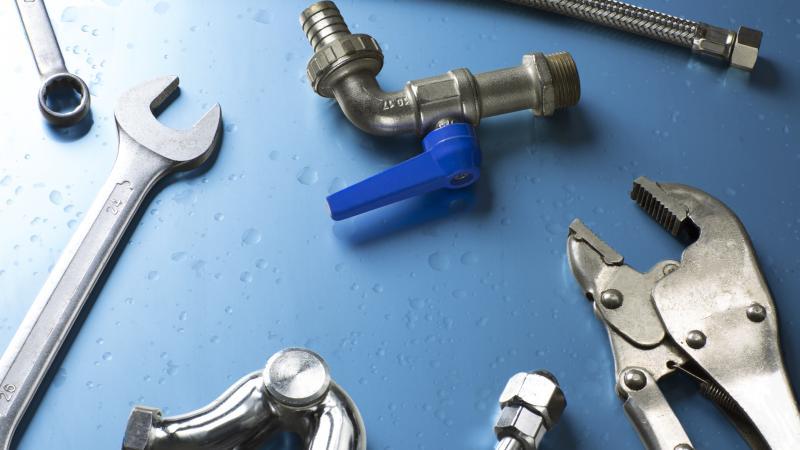(352) 817-7647
24 Hour Emergency Service Available
All Major Credit Cards Accepted
All Major Credit Cards Accepted

When you are shopping for a new home in Florida, it is smart to have everything inspected. You can also examine any plumbing concerns yourself before you finish the deal and move in if you know what to look for.
If you are intending on doing the plumbing inspection yourself, make an appointment with the owner or agent that is showing the home and show up ready. Be sure you are dressed for the occasion - clothes that you don't mind getting wet or dirty - and don't forget to bring a flashlight.
A genuine seller will not mind you taking a peek around to be sure you are verifying the accuracy of the home's state of repair (or disrepair). So once, you have set up the appointment and are prepared to do your inspection look for the following points:
Find the home's water meter and be sure the shut-off valve to the water supply to the house is in solid working order. If the home is supplied with well water, the shut-off valve should be located inside the home, probably under the kitchen sink, but could be found elsewhere.
If the home was built before 1986, find out if there is any lead or galvanized plumbing. Lead no matter how helpful it may seem, is an environmental toxin. If you have kids, you may want to avoid living in a house with lead pipes.
Find out the size of the water pipes, which will define the water pressure you will have. For adequate water pressure, the lines should be ¾" to one inch from the primary water source. The pipes should be at least a half inch in diameter for sufficient water flow.
Always inspect the home's water heater. Be sure to decide if it is big enough to meet the needs of your family. For a family of four, you need to search for at least a 40-gallon tank. Look at where it is located and determine it's age. Look closely to determine if there is any mineral buildup if possible. Corrosion of the elements of the tank can cause shorter life. If the water heater is old or visible signs of corrosion are noticed, request a new one be installed before buying the home.
Find out if the home is on a septic system or on a municipal water system. For a septic system, find out where the septic system is located and ask the owner when the septic tank was last serviced. Look for signs of seepage or standing water and any odor.
Check for drips and turn on all faucets to be sure they are working correctly. For these and other plumbing inspection tips or a professional and thorough plumbing inspection contact Kost Plumbing today.
Tuesday, May 22, 2018
462 words
2 minutes, 18 seconds reading time